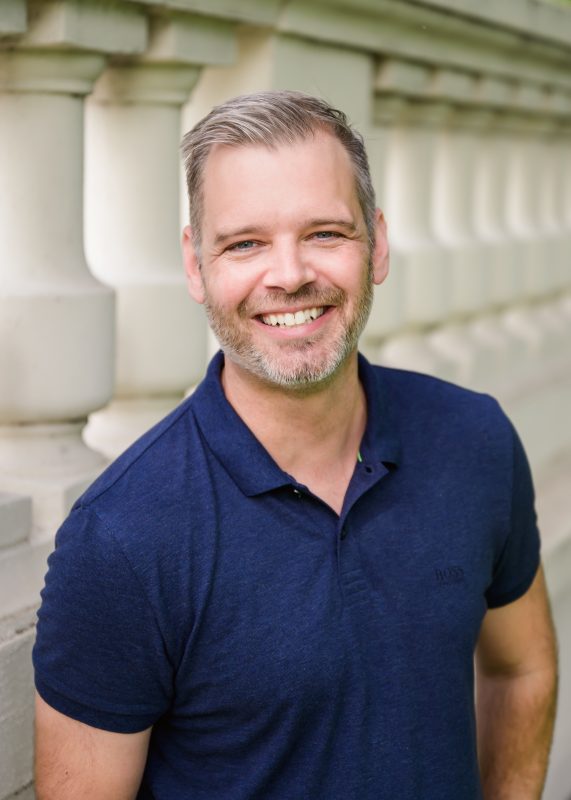By John Milsaps, Senior Advisor
Demand continues for investments in healthcare-sector properties
Florida, long known for its beaches and warm climate, is also renowned for another feature: its sizable aging population. With a large percentage of its residents over the age of 65, the state faces unique challenges and opportunities addressing the healthcare needs of its elderly citizens. That demographic had a major impact on the Sunshine State’s commercial real estate (CRE) market, in particular, the medical sector.
According to the U.S. Census Bureau, more than 21 percent of Florida’s population is aged 65 and older, compared to the national average of about 17 percent. This proportion is expected to grow as the Baby Boom generation continues to age.
Growing Healthcare Needs
As people advance in years, their healthcare needs become more complex and frequent. Florida has seen a surge in the construction and expansion of medical office buildings in response to these pressures. Medical facilities are designed to house a variety of healthcare services under one roof, providing convenience for patients and efficiency for providers.
Medical office buildings are crucial in delivering outpatient services, which are becoming increasingly important as healthcare shifts toward more cost-effective, patient-centered care. These often include primary care practices, specialty clinics, diagnostic centers, and sometimes urgent care services.
The Sector’s Resilience
Because of the need for such facilities, the healthcare sector has long been recognized for its resilience in the face of economic downturns. This stability stems from the essential nature of healthcare services, which remain in high demand regardless of economic conditions. Accordingly, the sector has a reputation for being recession-resistant, attracting investors who seek stable and secure assets.
The steady demand for healthcare services helps ensure this real estate asset remains a secure and profitable investment. Furthermore, as the healthcare sector continues to expand, the need for more of these buildings will only grow, reinforcing their attractiveness to investors.
Rising Demand, Rising Prices
Soaring demand for medical CRE has contributed to rising property prices, affecting both buyers and sellers. Buyers, including investors and healthcare providers, face higher acquisition costs as competition intensifies for limited available properties. Sellers, on the other hand, benefit from increase property valuations.
Leasing rates have also seen an upward trend. As the demand for healthcare services grows, more healthcare providers are seeking well-located and well-equipped office spaces to meet patient needs. All of this pushes leasing rates higher, benefitting property owners and investors.
Competition and Its Effects
The high demand and rising prices can pose challenges as well as benefits. Competition for land and existing properties can make it difficult for developers to find viable projects. This situation necessitates strategic planning and investment to effectively balance supply with growing demand.
Demand for medical office buildings in Florida reflects broader trends in the healthcare industry and has significant ramifications for the CRE market. Understanding these dynamics is crucial for investors, developers, and stakeholders navigating the evolving landscape of Florida real estate.
Given the many complexities at work here, it’s important to work with a commercial real estate advisor who knows the ins and outs of the market. SVN | Commercial Advisory Group has deep expertise in this asset class, and its advisors can help you find the properties that are right for you.
John Milsaps is a Senior Advisor for SVN Commercial Advisory Group. Reach him at (813) 279-1366 or john.milsaps@svn.com.

John Milsaps
Senior Advisor
813.279.1366
John.Milsaps@svn.com

